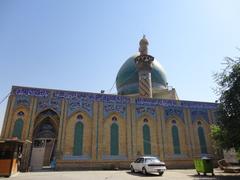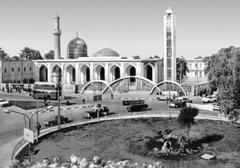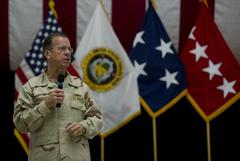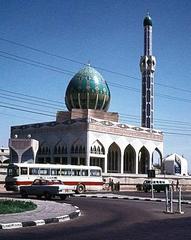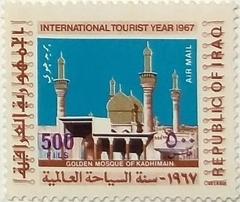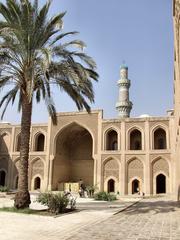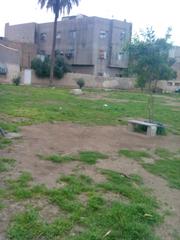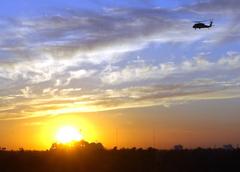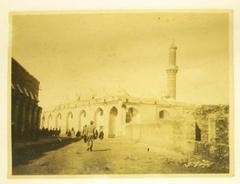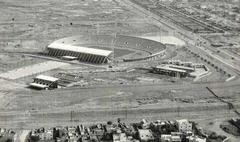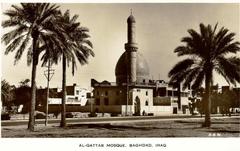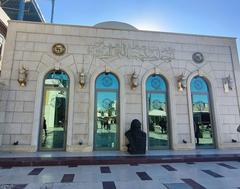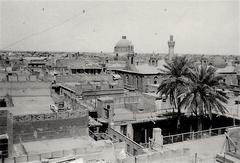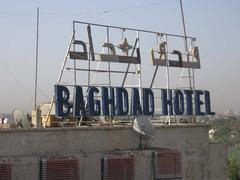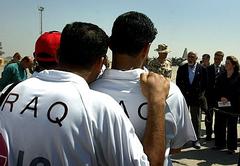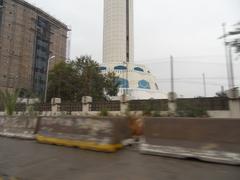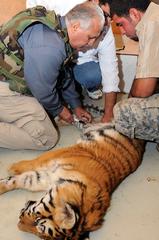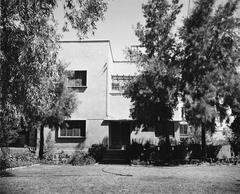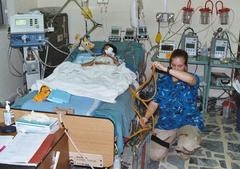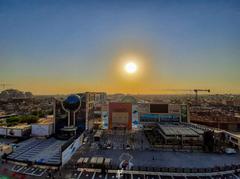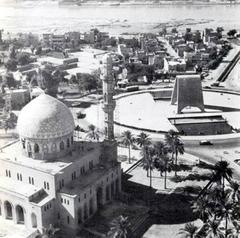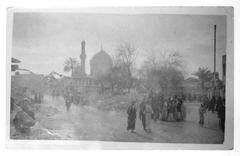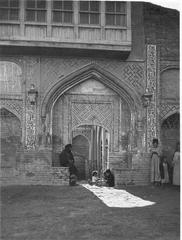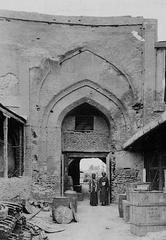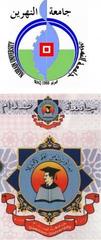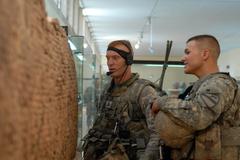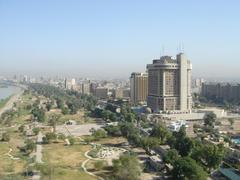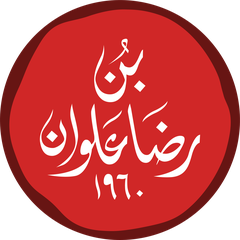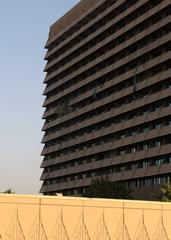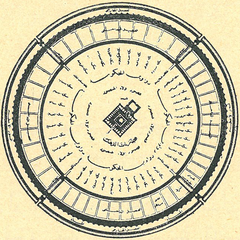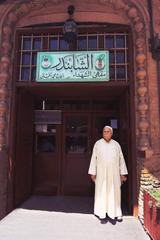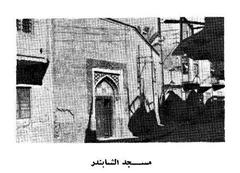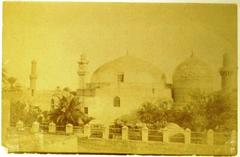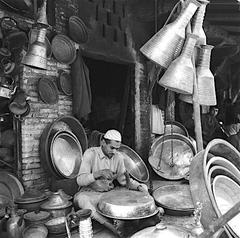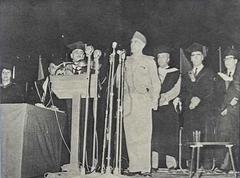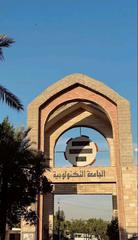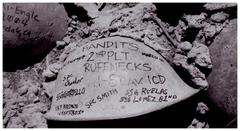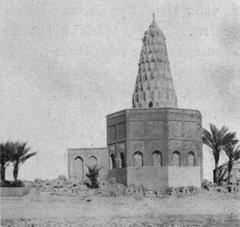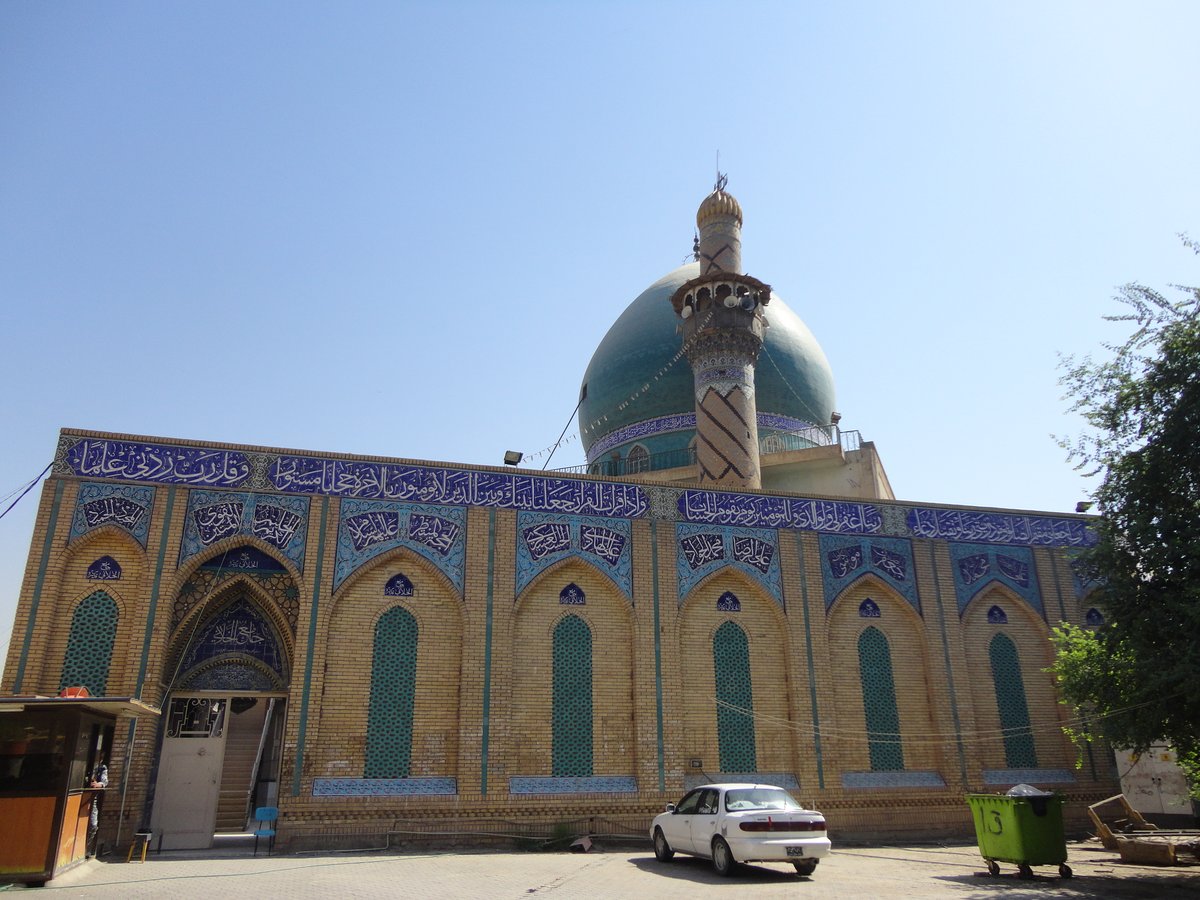
Al Khalani Mosque: Visiting Hours, Tickets, and Historical Significance in Baghdad
Date: 14/06/2025
Introduction
Al Khalani Mosque, a renowned landmark in Baghdad’s vibrant al-Rusafa district, stands as a symbol of Iraq’s enduring Islamic heritage and a focal point for both devotion and cultural exploration. Revered by Sunni and Shi’a communities alike, the mosque offers a unique lens into the layered history and architectural artistry of Baghdad. Despite challenges stemming from conflict and urban pressures, Al Khalani Mosque remains a vital spiritual and community center.
This comprehensive guide details the mosque’s history, architectural features, cultural significance, practical visitor information, and security considerations. Whether you are a history enthusiast, a pilgrim, or a traveler eager to explore Baghdad’s rich past, this article equips you with everything you need for a respectful and insightful visit to Al Khalani Mosque.
For deeper historical context and architectural analysis, refer to trusted resources such as Wikipedia and Britannica.
Table of Contents
- History and Cultural Significance
- Architectural Features
- Visitor Information
- Cultural Etiquette and Visitor Experience
- Restoration and Preservation Efforts
- Safety and Security Considerations
- Nearby Attractions
- Frequently Asked Questions (FAQ)
- Conclusion
- Sources and Further Reading
History and Cultural Significance
Al Khalani Mosque, located in Baghdad’s Al-Khilani Square, is a testament to the city’s rich Islamic and communal traditions. The mosque is deeply significant to both Sunni and Shi’a communities, with each associating the site with revered historical figures. Its central location—surrounded by bustling markets and close to major urban arteries—places it at the heart of Baghdad’s civic and spiritual life.
The mosque’s history has been marked by resilience. Notably, it endured a devastating suicide truck bombing in 2007, which caused significant loss of life and damage to the mosque’s structure (Wikipedia). Restoration efforts have since helped preserve its role as both a house of worship and a cultural landmark.
Architectural Features
Structural Materials and Layout
Al Khalani Mosque exemplifies traditional Baghdadi design, characterized by the use of fired brick—a necessity due to the scarcity of natural stone in the region. The mosque’s spatial organization centers around a rectangular prayer hall oriented toward Mecca, with an open courtyard facilitating large congregations and natural ventilation. Arcaded porticos provide both shade and a rhythmic architectural flow, while the mosque’s main entrance is marked by a prominent iwan (vaulted hall) (Britannica).
Decorative Elements
The mosque is celebrated for its intricate decorative program, including:
- Geometric tilework: Symbolizes the infinity of creation.
- Calligraphic inscriptions: Rendered in Kufic and Thuluth scripts, these often highlight Quranic verses related to unity and sanctity (Indrosphere).
- Mihrab and Minbar: The mihrab is richly adorned with tile mosaics and carved stucco, while the minbar often features detailed woodwork and arabesques.
- Lighting: Chandeliers and hanging lamps enhance the mosque’s spiritual ambiance.
Domes and Minarets
A striking dome—often tiled in turquoise or gold—crowns the prayer hall, visible from afar and serving as a city landmark. The minaret, cylindrical or octagonal, is adorned with decorative bands and serves both symbolic and practical purposes, notably the call to prayer (100hala-iq).
Visitor Information
Visiting Hours and Tickets
- Opening Hours: Typically 8:00 AM to 6:00 PM daily. During religious festivals or events, hours may be extended. It is best to avoid visiting during the five daily prayers, especially Friday midday (Jumu’ah) prayers, when the mosque is most crowded.
- Tickets: Entry is free. Donations for maintenance are welcomed but not required.
Accessibility and Transportation
- Location: Al-Khilani Square, al-Rusafa district. Well-connected by local taxis and bus routes.
- Nearby Landmarks: Al-Tahrir Square, Shorja market, Al-Mutanabbi Street, and the Baghdad Museum.
- Accessibility: The mosque features accessible entrances and pathways, though some areas may present challenges for those with mobility impairments.
Guided Tours and Amenities
- Tours: Guided tours are occasionally available through local operators, often in conjunction with other historical sites.
- Amenities: The surrounding square includes shaded walkways, modern lighting, fountains, and green spaces. Shops and markets nearby offer refreshments and souvenirs; public restrooms may be limited.
Cultural Etiquette and Visitor Experience
- Dress Code: Modest, loose-fitting clothing covering arms and legs. Women should cover their hair with a scarf.
- Shoes: Remove shoes before entering prayer areas; racks are provided.
- Behavior: Maintain quiet, avoid loud conversations, and respect the sanctity of the space.
- Photography: Allowed in exterior and courtyard areas; always ask permission before photographing worshippers or prayer spaces.
- Gender Considerations: Respect gender-separated prayer areas; avoid entering spaces designated for the opposite gender.
- Social Interaction: Use greetings such as “As-salamu alaykum” and respond respectfully to hospitality offers.
Restoration and Preservation Efforts
Al Khalani Mosque has undergone several phases of restoration, particularly after the 2007 bombing, addressing damage to the dome, library, and decorative elements. Work has included:
- Structural reinforcement: Repairing cracks and reinforcing walls using traditional materials (Global Scientific Journal).
- Decorative restoration: Replacing damaged tilework and plaster, restoring woodwork and metal fixtures, and integrating environmental controls to protect against humidity and heat.
- Conservation principles: Restoration follows international best practices focused on authenticity and minimal intervention.
Challenges remain, including environmental wear, urban development pressures, and the balancing of preservation with the mosque’s ongoing religious function.
Safety and Security Considerations
Security Situation
Baghdad’s security environment has improved in recent years, with increased police and military presence providing stability, particularly around major religious sites like Al Khalani Mosque (Against the Compass). Checkpoints are common, and visitors should carry identification at all times.
Safety Tips
- Stay updated: Monitor local news and follow any travel advisories.
- Cooperate at checkpoints: Expect routine inspections and comply with authorities.
- Avoid large gatherings: Especially during demonstrations or major religious observances.
- Carry ID and emergency contacts: Keep embassy details handy.
Nearby Attractions
While visiting Al Khalani Mosque, consider exploring:
- Al-Tahrir Square: Central hub known for its monuments and history.
- Shorja Market: Lively traditional marketplace.
- Al-Mutanabbi Street: Famous for bookstores and cafes.
- National Museum of Iraq: Showcasing artifacts from Iraq’s ancient civilizations.
- Abbasid Palace ruins: Remnants of Baghdad’s golden age.
Frequently Asked Questions (FAQ)
Q: What are the mosque’s opening hours?
A: Generally 8:00 AM to 6:00 PM, with possible changes during religious events.
Q: Is there an entry fee?
A: No, entry is free. Donations are appreciated.
Q: Can non-Muslims visit?
A: Non-Muslims are welcome outside of prayer times, but should avoid visiting during Friday prayers or major religious events unless invited.
Q: Is photography allowed?
A: Generally permitted in non-prayer areas; always seek permission before photographing people.
Q: How do I get there?
A: Al-Khilani Square is easily reached by taxi or bus; it is centrally located in Baghdad.
Conclusion
Al Khalani Mosque invites visitors to experience Baghdad’s storied Islamic heritage, blending architectural splendor with living tradition. Restoration efforts and improved security make it increasingly accessible, while its central location offers opportunities to explore the city’s other historical treasures. Respect local customs, dress appropriately, and use current resources like the Audiala app for up-to-date information and guided tours. Your visit supports the preservation of one of Baghdad’s most important cultural and spiritual landmarks.
Sources and Further Reading
- Al-Khulafa Mosque Wikipedia
- Britannica: Baghdad Architecture and Monuments
- Global Scientific Journal: Documentation and Restoration Problems of Qishla and Saray of Baghdad
- Indrosphere: Al-Kadhimiya Mosque
- 100hala-iq: Al-Kazimiyya Al-Kadhimiya Mosque
- Al-Khilani Mosque Wikipedia
- Against the Compass: Is it Safe to Travel to Iraq?
